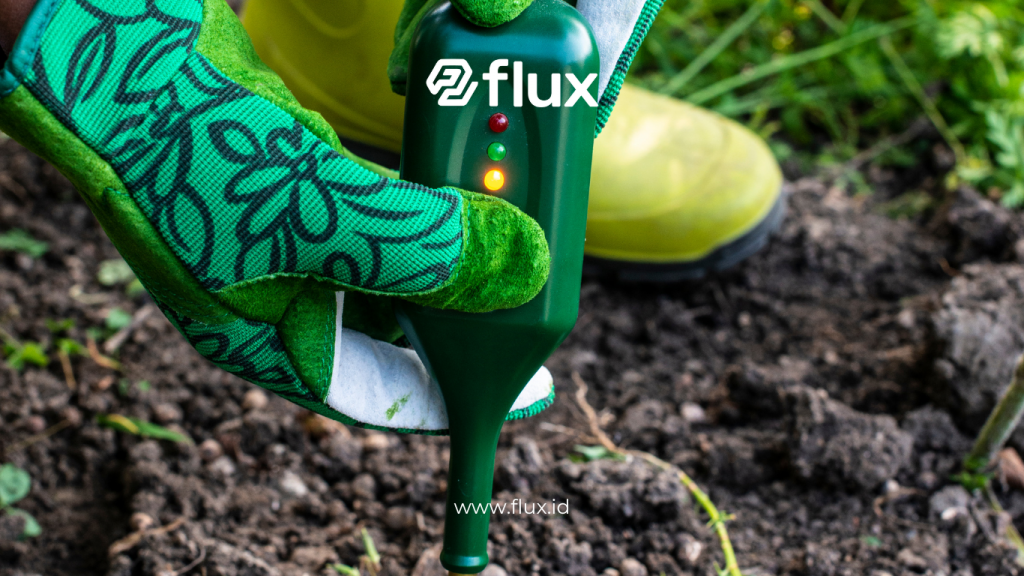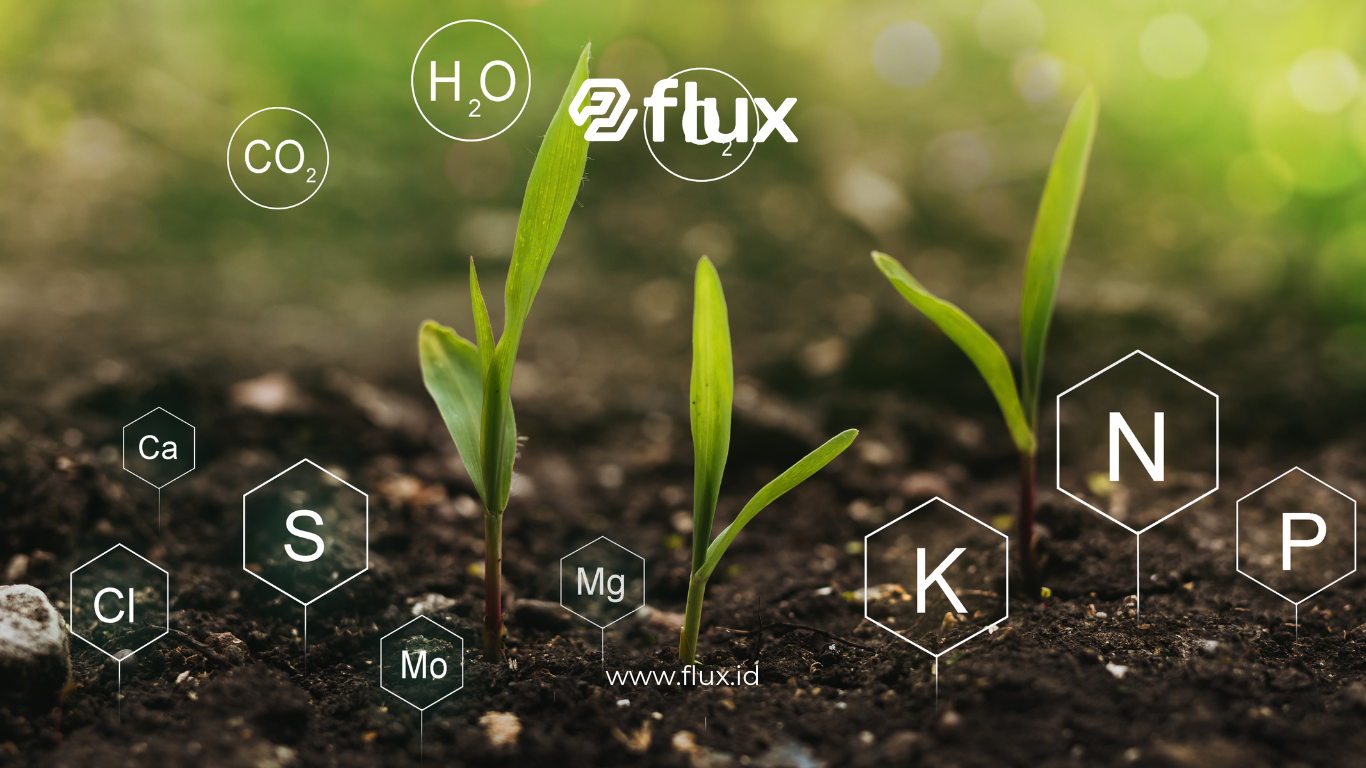Don't miss our holiday offer - 20% OFF!
Efficient soil nutrient management is essential for successful modern agriculture. In recent years, soil nutrient sensor technology has grown in popularity because it provides real-time measurements of soil nutrients. In this article, we’ll explore how soil nutrient sensors work, the many benefits they bring to agriculture, and why farmers should consider adopting this technology.
Contents
What Are Soil Nutrient Sensors?

Read More: Optimizing Agriculture with Soil Health Monitoring Sensors
Soil nutrient sensors are devices designed to measure nutrient levels in soil both quickly and accurately. Unlike conventional methods, which require lab testing, these sensors provide instant data directly from the field. As a result, farmers can make more timely and accurate decisions regarding fertilization and land management.
Benefits of Using Soil Nutrient Sensors
- Accurate and Real-Time Nutrient Monitoring
Soil nutrient sensors supply precise data on critical nutrients like nitrogen, phosphorus, and potassium. This information allows farmers to monitor soil health and determine whether their crops need additional nutrients. As a result, it helps maintain soil quality and ensures crops receive the nutrients they require. - Increased Fertilizer Efficiency
Accurate information from these sensors enables farmers to apply fertilizers more efficiently. By only using what’s needed, they can reduce costs and limit environmental impact from excessive fertilizer use, which benefits both their operations and the environment. - Improved Crop Yields
When nutrient levels are optimized, crops grow better, leading to higher yields. Soil nutrient sensors help farmers maintain ideal conditions throughout the growing season, from planting to harvest. This targeted approach ultimately boosts productivity and profitability. - Environmental Conservation
In addition to reducing fertilizer use, soil nutrient sensors support environmental conservation. They enable farmers to avoid over-fertilization, which can disrupt ecosystems. By maintaining a balanced approach, farmers protect soil quality and contribute to sustainable agriculture.
How Do Soil Nutrient Sensors Work?
Soil nutrient sensors generally work using either electrode or spectroscopy technology:
- Electrode Technology
Electrode sensors detect specific ions in the soil, such as nitrogen, potassium, or phosphorus, which indicate nutrient levels. Farmers place these sensors in the soil to get direct readings on the nutrient levels, allowing them to make real-time adjustments. - Spectroscopy Technology
Spectroscopy technology, on the other hand, uses light to analyze soil nutrient composition. This method involves measuring the reflected light from soil samples to determine nutrient levels. While this type of sensor often requires a more advanced setup, it typically offers highly accurate results, which can be particularly beneficial for large-scale operations.
Types of Soil Nutrient Sensors

Read More: IoT Sensor Technology in Agriculture: How to Efficiently Monitor Plant Health and Soil Conditions
- Stationary Sensors
Stationary sensors are installed in a fixed location within the soil to provide continuous data. These are especially useful for large-scale farms where long-term monitoring is required. - Portable Sensors
Portable sensors offer the flexibility to be moved to different areas within a field, providing nutrient data across multiple locations. This allows farmers to get a more comprehensive view of soil health throughout their land. - IoT-Integrated Sensors
IoT-integrated sensors connect to the Internet of Things (IoT), allowing them to send data directly to monitoring devices, such as mobile apps or dashboards. This connectivity gives farmers easy access to real-time data for analysis and decision-making.
Applications of Soil Nutrient Sensors in Modern Agriculture

- Optimized Fertilizer Use
With nutrient measurements from soil sensors, farmers can precisely manage fertilizer applications. They apply fertilizer only when and where it’s needed, saving costs and minimizing waste. - Targeted Land Management
Real-time data allows for more targeted land management. Farmers can immediately address areas that lack nutrients, optimizing crop growth across the entire field and ensuring that all plants receive the nutrients they need. - Crop-Specific Nutrient Management
Different crops have unique nutrient needs. With soil nutrient sensors, farmers can tailor land management to each crop’s specific requirements, promoting better growth and maximizing yield potential. - Supporting Sustainable Agriculture
This technology also plays a critical role in supporting sustainable agricultural practices. With accurate data, farmers can avoid over-fertilization, reducing environmental impacts and maintaining healthy soil ecosystems for long-term productivity.
Challenges and Solutions in Using Sensors
- Cost and Accessibility
While soil nutrient sensors provide valuable benefits, the initial setup cost can be high, especially for small-scale farmers. To make this technology more accessible, governments and agricultural organizations can offer subsidies or financial assistance programs. - Technology Familiarity
Not all farmers are familiar with sensor technology, which can create a learning curve. Offering training sessions and guidance helps farmers understand how to use soil nutrient sensors effectively, maximizing the technology’s value. - Infrastructure Limitations
In remote or rural areas, internet connectivity may be limited, which can hinder the functionality of IoT-connected sensors. Expanding telecommunications infrastructure in agricultural regions is essential to support broader adoption of this technology.
Conclusion
Soil nutrient sensors offer an innovative and practical solution for monitoring soil health and nutrient levels in real-time. By providing accurate, up-to-date information, these sensors enable farmers to optimize fertilization, improve crop yields, and minimize environmental impact. This technology not only enhances efficiency but also supports the long-term sustainability of agriculture. While there are some challenges in implementation, the benefits make soil nutrient sensors a valuable addition to any modern farming operation, promoting both productivity and environmental stewardship.





